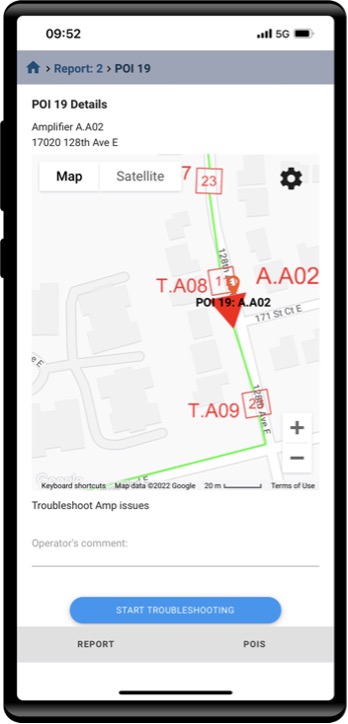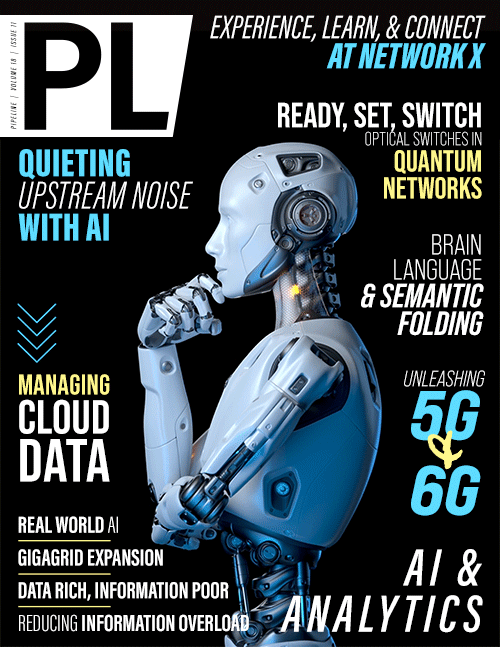Using AI to Automate HFC Upstream
Noise Localization
Noise variation
Noise is not constant in time. It can vary gradually or be intermittent. Noise can also be periodic, indicating possible effects of the environment. There are certain types of noise that can appear only at night or only during the day. There are also other noise cases that are affected by temperature, wind, rain, and so on.
Types of impairments
Some network impairments are potentially the points of noise origination.
Downstream noise
In some cases, the impairment causing upstream noise can also be the cause of downstream noise.
Once all these techniques generate POIs, the POIs must be packaged in such a way as to be useful to a dispatcher and ultimately a technician. Operators want a prepackaged result that can be given to technicians without further analysis. Promptlink’s approach was to create a Noise and Impairment Localization (NAIL) Report. This report gives explicit instructions on how to locate and correct the impairment or impairments causing the noise and takes feedback from the work done to further refine the data analysis, making the tool more accurate over time.

Figure 1: Sample NAIL report showing type and location of POI
Conclusion
The persistent problem of isolating cable network noise is now being resolved with the use of advanced AI modeling from the research and development done by Promptlink. By combining an “all of the above” data collection approach from multimodal aspects of the HFC environment, and use of ML logic to process the Big Data sea of valuable data points, Promptlink’s NoiseHawkAI product offers operators a way to quickly pinpoint locations for technicians to work and rapidly resolve noise problems.



















